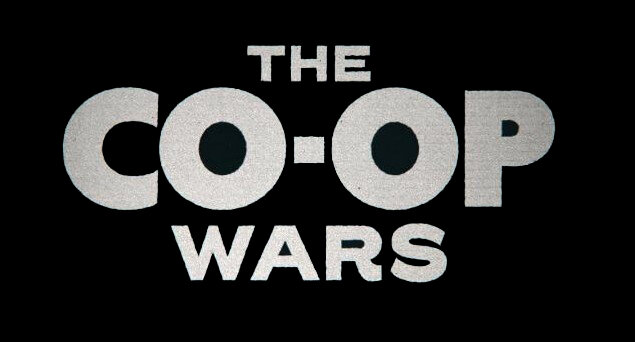In our last video, Roberta Malles mentions the big picture of Mao Tse Tung that used to hang in North Country Co-op. Interviewing many co-op founders, it has been striking that so many young radicals of the time were so inspired by Mao and the Chinese revolution. While the glum bureaucracy of the Soviet Union was hardly compelling, the apparent energy of the Chinese revolution, along with the Marxist revolutions throughout the Third World, seemed like a viable alternative to American capitalism and imperialism. William Hinton’s 1966 book Fanshen, which documented the Communist transformation of a Chinese village, served many as a guide to a practical kind of grassroots radical organizing.
This enthusiasm for Mao was happening at the same time as the Great Proletarian Cultural Revolution, which caused such immense destruction of Chinese culture as well as ending or ruining the lives of countless people. Distrust in the American media caused many radicals to discount accounts of the atrocities, as some radicals had discounted stories of Stalin’s crimes in the 1930s.
In some ways, the Co-op Wars in the Twin Cities in the mid-1970s were a sort of Cultural Revolution in miniature. In China, Mao used the idealism and dedication of young people to destroy his enemies and re-establish firm control of the Communist Party, damaging the country in the process. In the Co-op Wars, Co-op Organization (CO) leader Theophilus Smith used the idealism and dedication of CO members to try to gain control of the co-ops, damaging the cooperative movement and destroying many relationships in the process.
Help us share the important story of how the co-ops became what they are today by donating at Seed & Spark, and following us on Facebook, and Twitter.
